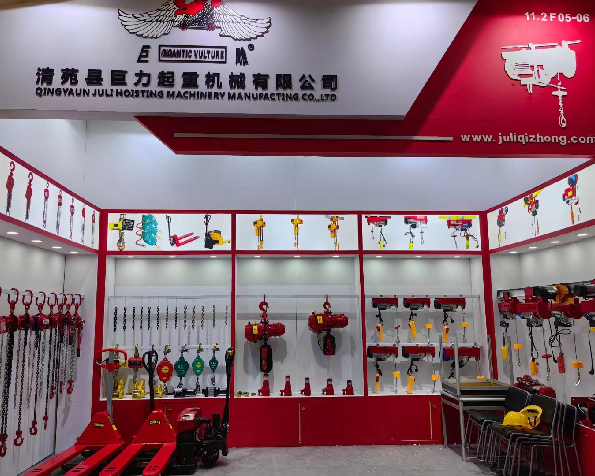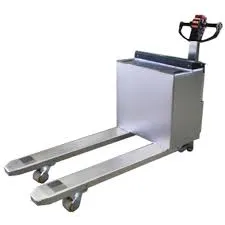The functionality of a chain hoist is pivotal in various industries, significantly enhancing productivity and safety in lifting operations. A chain hoist operates on a simple yet effective principle involving a few fundamental components a lifting chain, a pulley mechanism, a hook, and a ratchet or braking system. These elements work in unison to maximize lifting efficiency and minimize the physical effort required from the operator.

At the core of the chain hoist's mechanism is the pulley system. This system is designed to convert the small force applied by the operator into a much larger force capable of lifting heavy loads. The lifting chain thread through a series of gears and pulleys inside the hoist casing. When the operator pulls the hand chain, these gears activate and translate the applied force into the rotational motion needed to pull the lifting chain upwards, thereby hoisting the load. The mechanical advantage gained through this pulley system is what allows chain hoists to lift weights that far exceed the operator's physical capability.
Precision in lifting is enhanced by the ratchet or braking system within the hoist. This dynamic component ensures safety and control by preventing the load from slipping. As soon as the operator stops applying force, the brake engages and holds the load securely in place. This mechanism, often a friction brake or a Weston-style brake, is critical for preventing accidental drops and enhancing the hoist's reliability.

Made from high-strength alloy steel, the lifting chains are engineered to withstand significant weight and environmental stress. The chain links are meticulously tested to ensure durability and resistance to wear, making them ideal for rigorous industrial use. Comparing the load chain specifications and certifications is essential for choosing the right hoist for the specific lifting applications.
chain hoist working principle
The versatility of chain hoists demonstrates their indispensability across various sectors. They are prominently used in manufacturing units for assembly line lifting, in construction for moving heavy materials, and in shipping yards for loading and unloading cargo. Chain hoists can either be manually operated, powered by electricity, or compressed air. Manual chain hoists are portable and do not require a power source, making them suitable for remote locations or situations where mobility is critical. Electric and pneumatic hoists offer the advantage of continuous operation with minimal effort, ideal for repetitive tasks in high-volume settings.
While functionality is paramount, understanding the maintenance requirements of a chain hoist is crucial for extending its operational lifespan. Regular inspections should involve checking for wear and tear in the chain, ensuring the pulley system is free from debris, and confirming the braking system’s responsiveness. Lubrication of moving parts must be periodically undertaken to reduce friction and prevent rust accumulation, thereby safeguarding the hoist’s efficiency and reliability.
Selecting the right chain hoist requires an understanding of the specific operational needs and environment. Factors such as load capacity, lifting speed, lift height, and the availability of power sources influence the decision-making process. Additionally, adherence to local and international safety standards, such as those established by the Occupational Safety and Health Administration (OSHA) or the International Organization for Standardization (ISO), guarantees compliance and minimizes the risk of workplace accidents.
In summary, the chain hoist is an engineering marvel, combining the principles of physics with robust construction to achieve outstanding lifting capabilities. Their widespread use underpins their effectiveness and essential nature in modern industrial operations. Maintaining their integrity through regular care ensures safety, performance, and a prolongation of service life. Essentially, operating a chain hoist is not just about understanding its working principle but also about embracing the precision and safety it demands.








